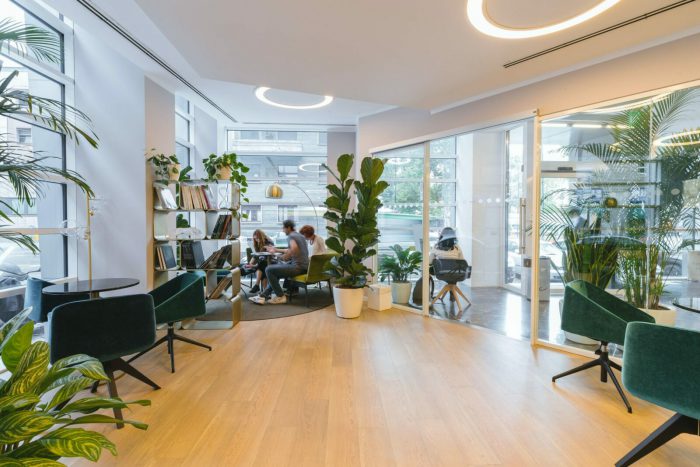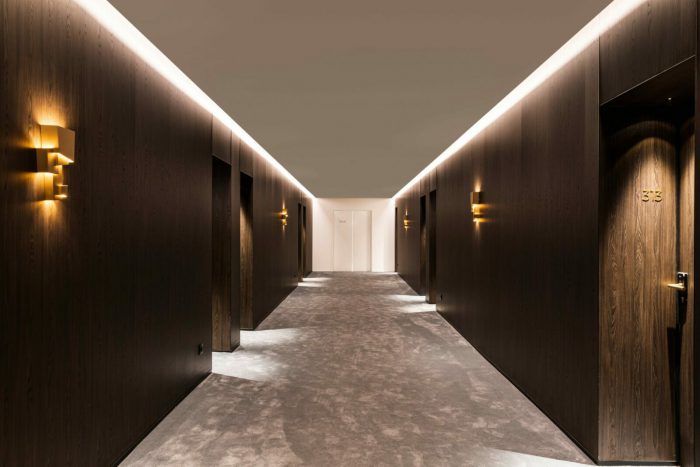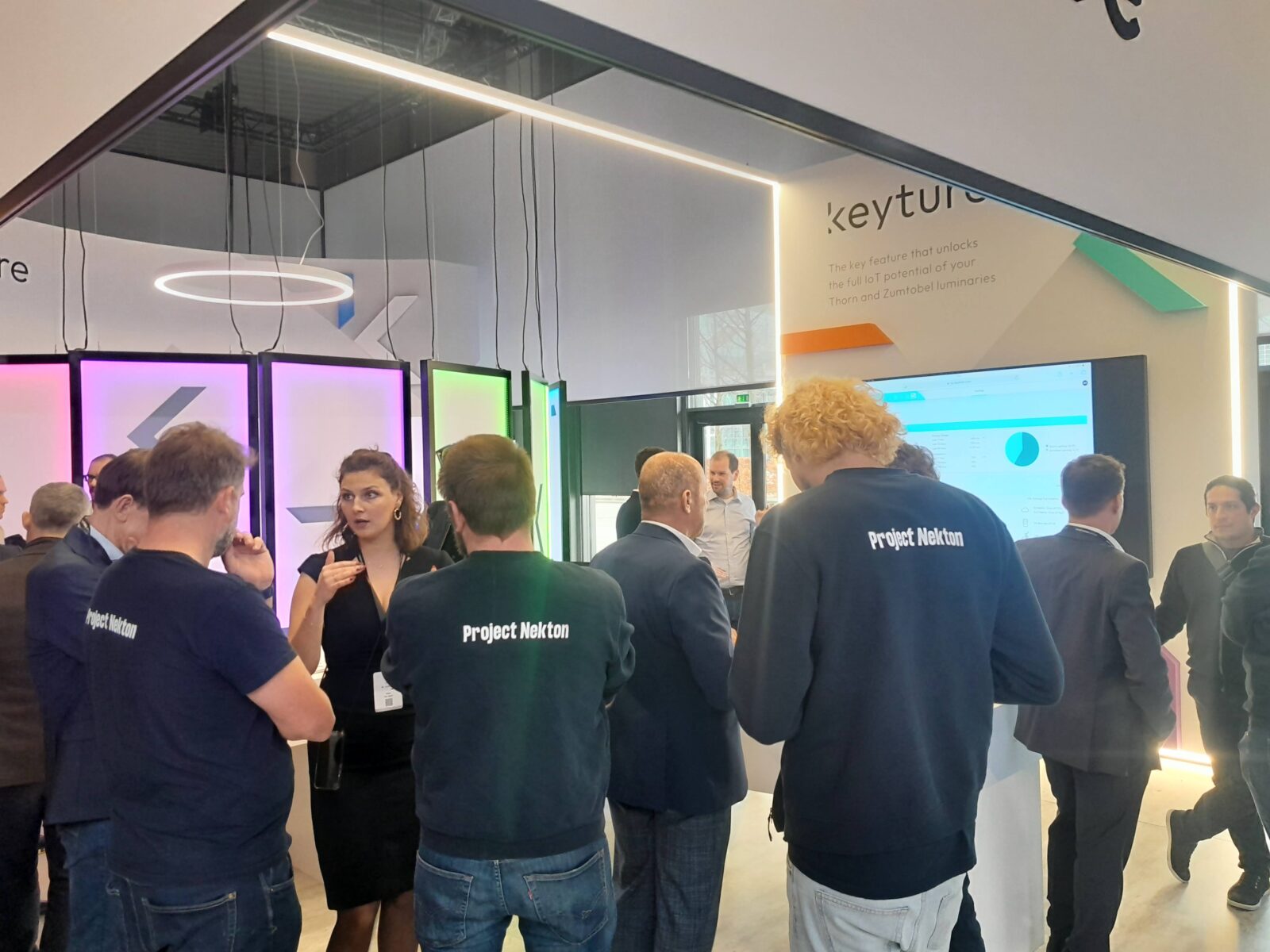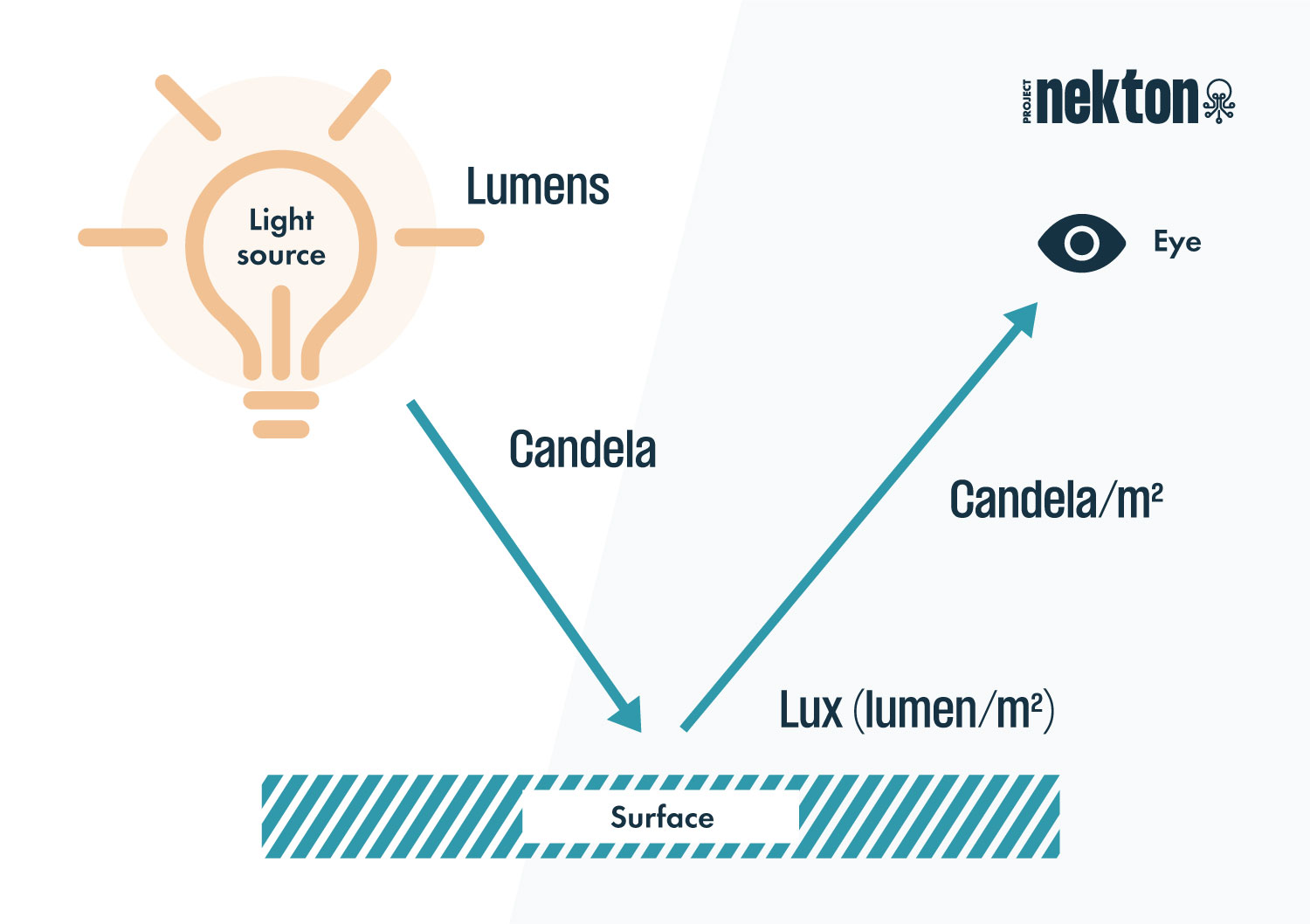Light plays a key role in the design of a visual environment. Working and moving is only possible if we have light to see. Architecture, people and objects are visible only when there is light. Light is an important factor in how we perceive our environment, influencing the way we feel and our reaction to a space.
In lighting projects, we distinguish between two different approaches: relighting and new lighting. But what is the difference between the two? And what are the benefits?
What is Relighting?

Relighting is the replacement of existing lighting with more energy-efficient LED lighting. This can be done for a variety of reasons, including to improve the aesthetics of the space, to increase the amount of light or to reduce energy costs.
The Benefits of Relighting
Energy is expensive and every kilowatt hour counts. Therefore, more and more companies, cities (e.g., Leuven, Genk and Pelt), and organizations are looking for concrete ways to reduce energy consumption.
One of the most effective ways to do this is by relighting with LED lighting. By replacing the old light sources with economical LEDs and combining them with smart lighting control, we can achieve energy savings of up to 85%.
Because Relighting involves replacing the original lighting, people may well be put off by the high potential investment. Replacing everything from wiring to fixtures costs a lot of money, doesn’t it? Fortunately, this is not so bad! We simply keep the existing wiring, we use fully wireless control of the lighting so we can avoid additional installation costs.
Wondering how we proceed with a (Re)lighting project? Look here for more information and a detailed step-by-step plan!
Premiums for Relighting
Since replacing old lighting has a lot of financial as well as ecological benefits, there is the possibility of applying for a grant. Cities, provinces and energy companies regularly offer attractive premiums for investments in energy-saving projects such as relighting.
For example, Fluvius offers a premium of up to €20,000 for relighting. By this they mean the complete removal of the existing lighting (fixtures and lamps), the execution of a lighting study and a completely new lighting installation. The premium is valid for all buildings built before 2006 and can only be granted once per space.
More information about the Fluvius premium and conditions can be found here.
What is New lighting?
New lighting is the installation of new LED lighting in a space that previously had no lighting.
With new installations, it goes without saying that we work with energy-efficient LEDs. These LEDs themselves consume very little, and thanks to the application of smart control, we can achieve additional energy savings of up to 50%!
The advantages of New lighting
Because with New lighting you start from scratch, we have the ability to really tailor the lighting to your needs. We take into account various factors such as the type of space, the activities that will take place and, of course, your own preferences.
A successful lighting plan should be integrated into the design early on. This way, the light points can be carefully chosen according to the intended concept. By considering the lighting design as early as the concept stage, lighting can enhance the perception of the space, enhance activity within a space or highlight prominent areas.
Wondering how we proceed with a lighting project? Look here for more information about our light services!
Lighting Design by Project Nekton
Lighting design or lighting design is the process of bringing lighting into spaces. It is part of any architectural and interior design where the designer must know all the important aspects of lighting that can affect a space.
As lighting designers, we bring together our creative approach and lighting expertise to deliver outstanding results. Project Nekton conceives, designs and creates lighting schemes that support your story and create emotion. Our expertise in entertainment and architectural lighting design allows us to design atmospheres that create, shape and enhance all different types of experiences.
Want to know more? Contact us for a no-obligation discussion about the possibilities!



























